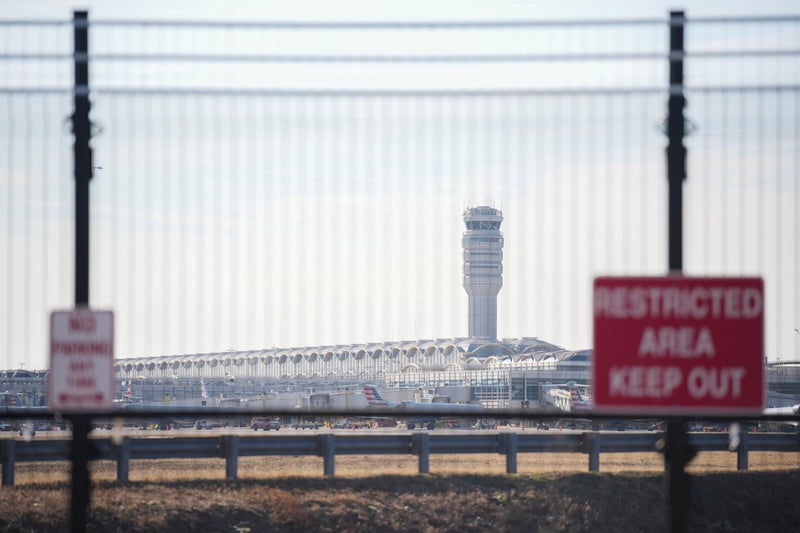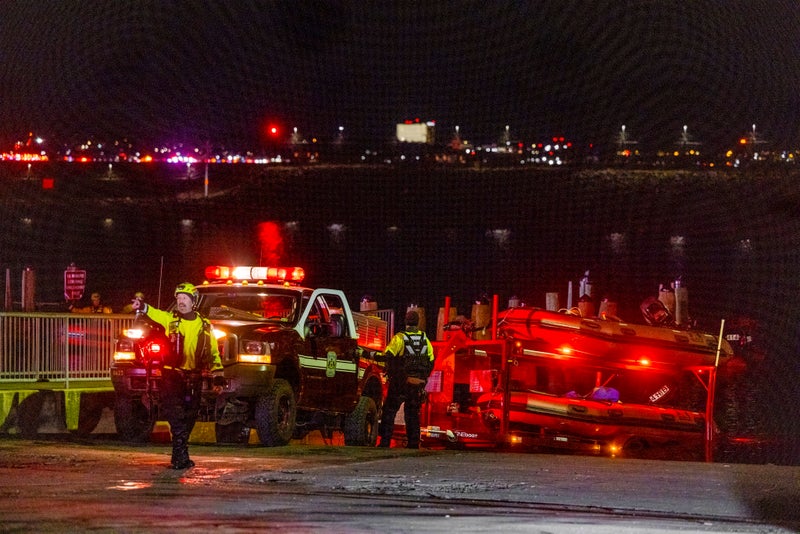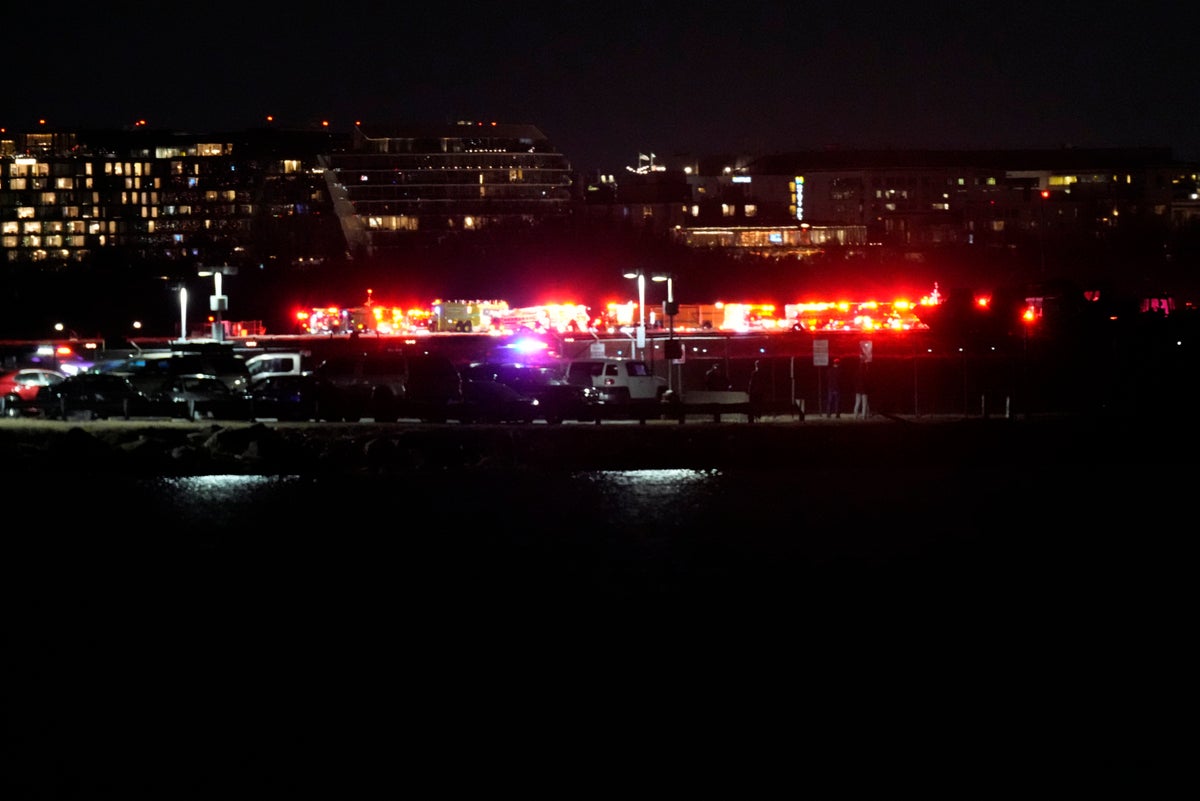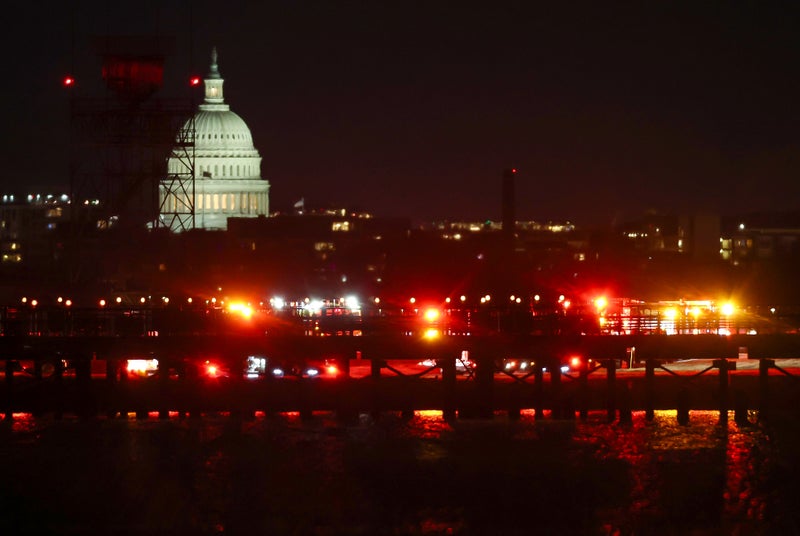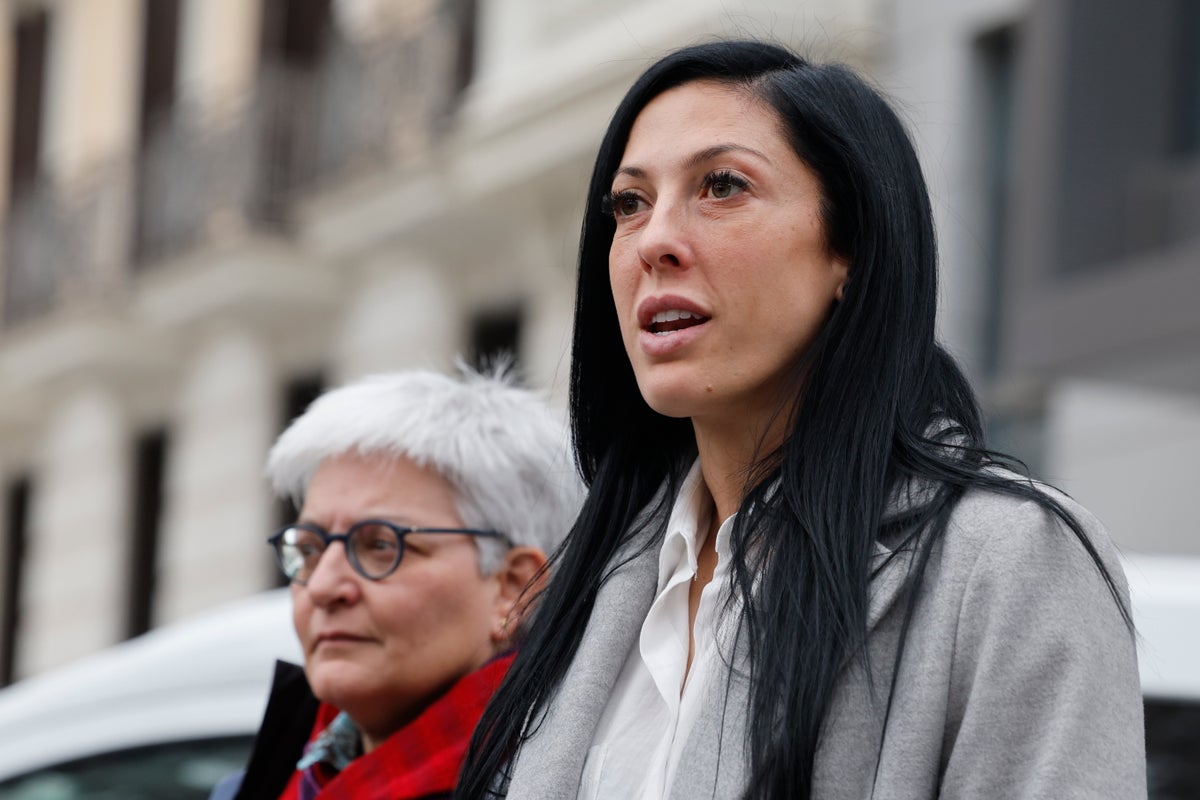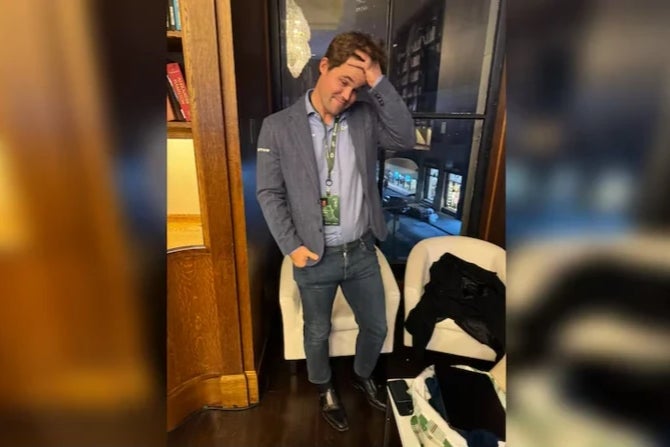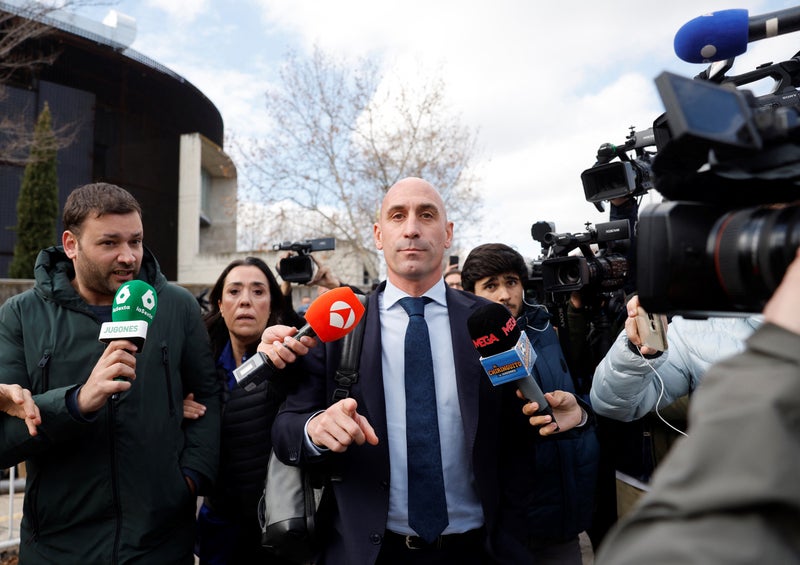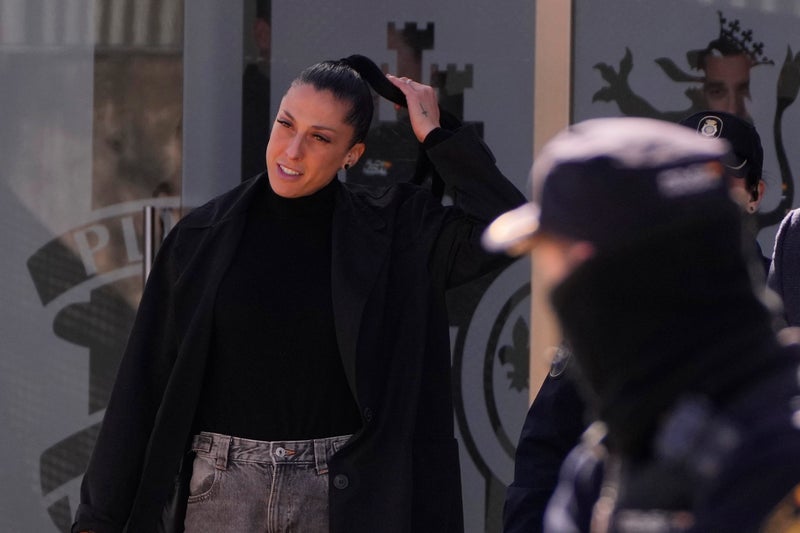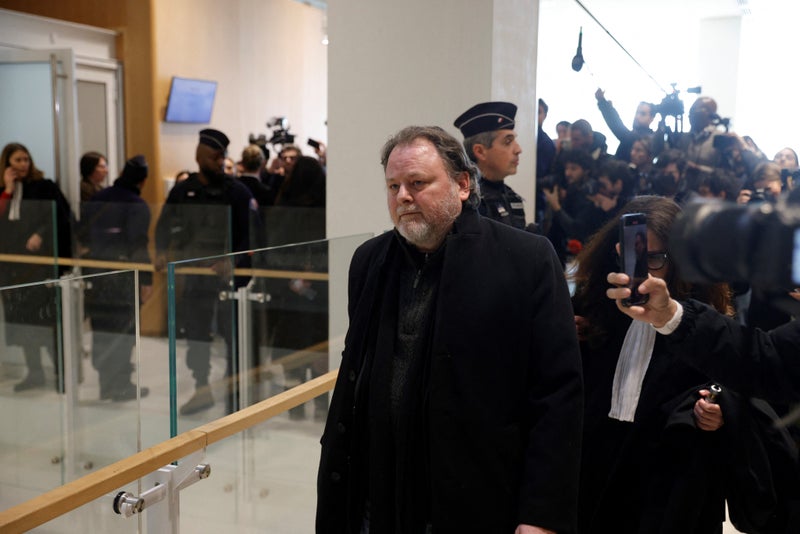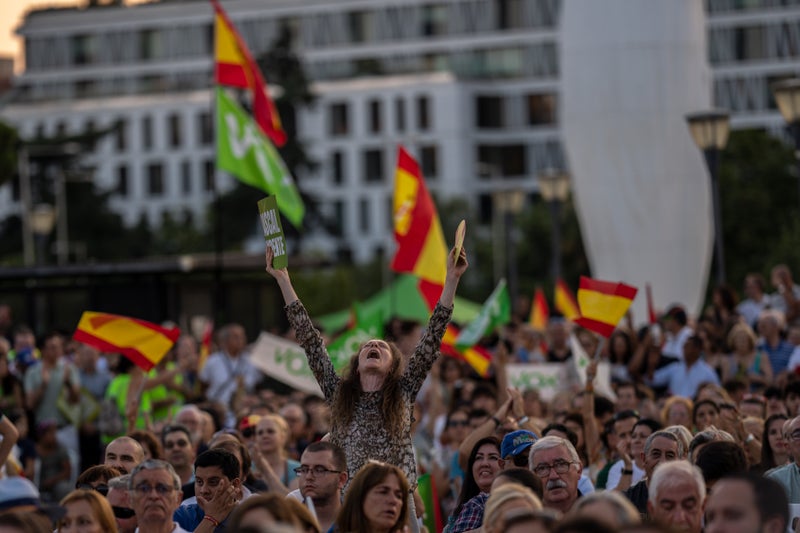Complaints about the air space around Reagan, a shortage of air traffic controllers, and communications issues have persisted for years, reports suggest. Years before a Black Hawk helicopter collided with an American Airlines jet near Reagan National Airport, safety warnings and near-misses haunted the busy Washington, D.C. airspace, according to reports. The following year, an internal FAA report obtained by the Times warned that repeated air traffic controller error increased “the risk of a collision and loss of life.” Still, alarming encounters persisted.
![[Rescue teams search the Potomac River after the fatal crash. The cause of the collision is under investigation]](https://static.independent.co.uk/2025/01/30/4/47/Passenger-Airline-Crash-in-Washington-DC-a5srstr0.jpeg)
A series of close calls occurred at Reagan as recently as last year, with incidents of aircraft nearly hitting each other reported three times in March, once in April, and yet another in May, according to theTimes. A combination of issues have plagued the area, including an air traffic control staffing shortage, the chronic busyness around the air space in the nation’s capital, and communications issues.
![[Part of the wreckage is seen as rescue boats search the waters of the Potomac River. In 2024 alone, Reagan National Airport saw five close calls, according to a report]](https://static.independent.co.uk/2025/01/30/12/17/US-AVIATION-ACCIDENT-4rafuxnn.jpeg)
When reached for comment, the FAA told The Independent in a statement: “We cannot comment on anything related to an open NTSB-led investigation. The FAA looks into every incident and reviews large volumes of data on a daily basis to try to identify and address potential trends before they become serious issues.”. Reagan’s air traffic control tower was understaffed at the time of the incident and earlier, according to the Times, adding strain to employees in an already stressful job.
Concerns over air traffic control staffing and fatigue have prompted controllers to try to take matters into their own hands. In the wake of the near-miss in July 2018, military officials, air traffic controllers, and pilots formed safety groups in light of the persistent air traffic issues around Reagan, according to the Times. Some also warned about difficulties managing the busy air space. In 2020, some air traffic controllers at Reagan warned their managers in writing about the “challenges of maintaining required distances” between helicopters and airplanes, the Washington Post reported. It’s not immediately clear if or how the FAA responded.
Safety groups at Reagan also raised concerns about the helicopter corridor, pointing out spots where the collision possibility was highest and proposing moving helicopter paths further east, according to the Times. The FAA has investigated six midair close calls involving helicopters near Reagan since 2013, the Post reported. A former air traffic controller said the site of the Black Hawk-American Airlines jet crash “is a known hot spot.” He told the Post: “If they want to prevent this, they have to move that route.” He added: “Why is that route still there?”.
Controllers have been criticized for not adhering to FAA communication rules or ensuring safe distances between aircrafts, sources familiar with safety reports told the outlet. The air traffic controller on duty when the military helicopter collided with the American Airlines jet didn’t use the proper terms when communicating with pilots, former and current controllers told the Times. Although pilots in both vehicles should have been alerted that they were heading for a collision, the controller didn’t warn the American Airlines pilot about the helicopter.
The controller also didn’t inform the helicopter pilots, who said they had an aircraft “in sight,” the location of the American Airlines plane relative to the helicopter, leaving open the possibility they could have confused the American Airlines jet with another nearby plane. In the final moments, the controller directed the helicopter to “pass behind” the jet, according to the Times. The cause of the tragedy is still under investigation.

